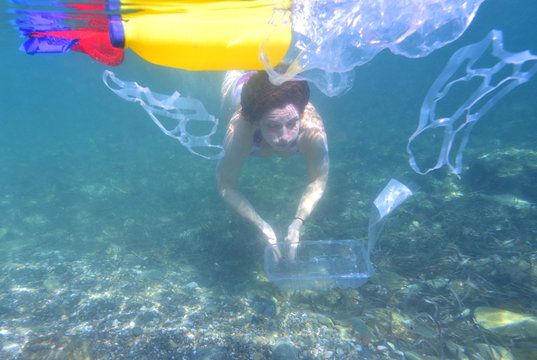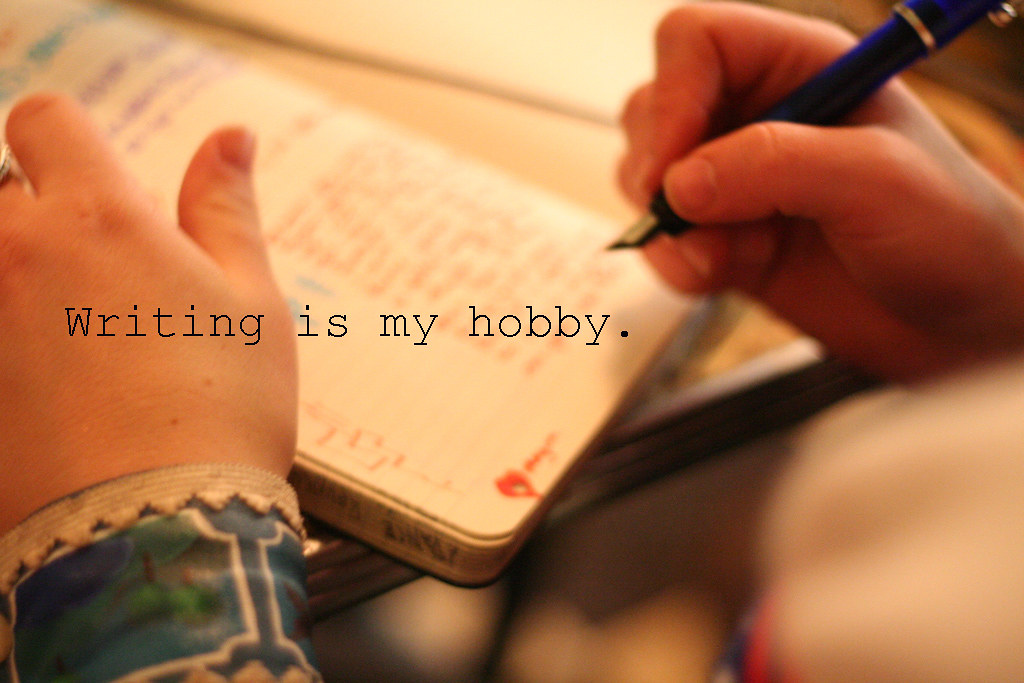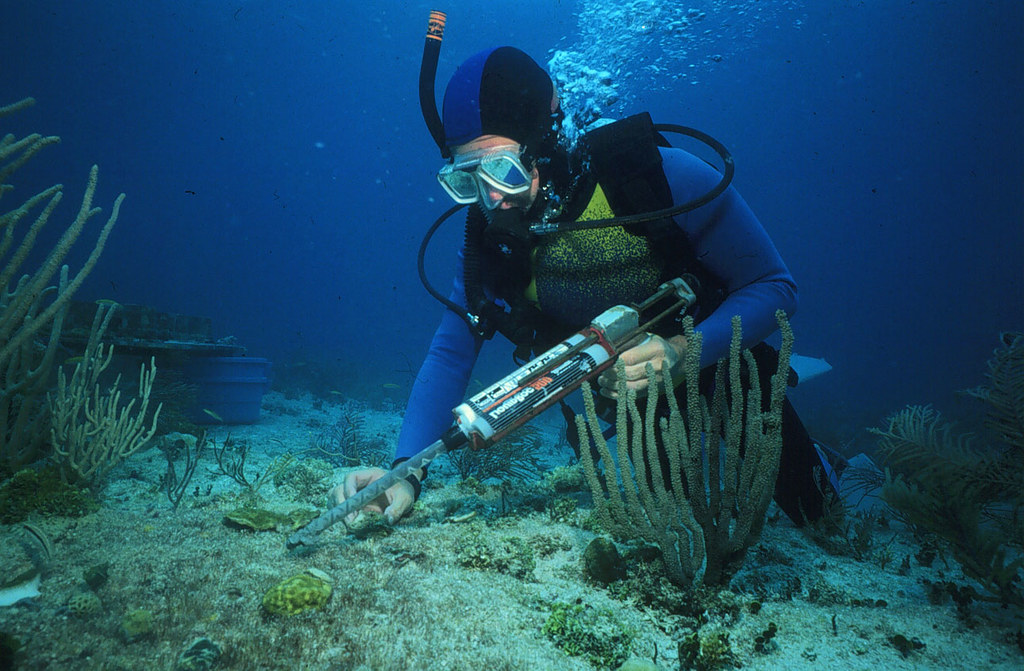Underwater basket weaving is a unique and creative hobby that has recently gained popularity among craft enthusiasts. This art form involves weaving baskets underwater, creating handmade baskets that can be used for decorative purposes or as functional items. In this step-by-step guide, we will explore the world of underwater basket weaving, including its definition, techniques, equipment, and materials used, as well as tips for mastering this craft. Whether you are a seasoned basket weaver or a beginner, this guide will provide you with the skills and knowledge needed to create beautiful and intricate baskets underwater.
Meet Jane, the Expert Underwater Basket Weaver
Jane is an accomplished underwater basket weaver with over a decade of experience in the craft. Her passion for basket weaving was ignited during a scuba diving trip in Hawaii, where she was struck by the beauty and diversity of the underwater world. Since then, Jane has competed in numerous basket weaving competitions and has won several awards for her unique and intricate designs.
Aside from her expertise in underwater basket weaving, Jane is also a proficient writer and researcher. With a degree in marine biology from the University of California, Santa Cruz, she has a deep understanding of the underwater environment and the materials used in basket weaving. Jane’s expertise and knowledge make her an invaluable resource for anyone interested in mastering the art of underwater basket weaving.
What is Underwater Basket Weaving?
Underwater basket weaving is a unique form of basketry that involves weaving baskets while submerged in water. This craft has been gaining popularity over the years, and it’s easy to see why. It’s not only a fun and creative way to spend your time, but it also offers a range of benefits.
The History of Underwater Basket Weaving
The origins of underwater basket weaving are somewhat of a mystery. Some believe that it started as a way for divers to pass the time while waiting for their next dive. Others think that it began as a form of performance art or even as a way to catch fish. Regardless of its history, underwater basket weaving has become a popular hobby and an impressive art form.
The Benefits of Underwater Basket Weaving as a Hobby
Underwater basket weaving is not only an enjoyable hobby, but it also provides various benefits. Firstly, it is a relaxing and meditative activity that can help reduce stress and anxiety. Secondly, it is a great way to connect with nature and the underwater world, as you are surrounded by the calming sound of water and marine life. Additionally, it can be a social activity, as you can weave baskets with others, share techniques and tips, and create a sense of community. Lastly, it is a way to create handmade baskets that are unique and beautiful, and that can be used for decoration or even functional purposes.
Techniques Used in Underwater Basket Weaving
Underwater basket weaving shares many of the same techniques as traditional basket weaving, but it has some unique techniques due to its aquatic nature. In this section, we will discuss the primary techniques used in underwater basket weaving.
Traditional vs. Underwater Basket Weaving Techniques
Traditional basket weaving involves weaving natural materials, such as reeds or grasses, into baskets. The materials are typically soaked in water to make them pliable and then woven together to create a basket. In contrast, underwater basket weaving requires a different set of techniques because of the aquatic environment. For example, you need to use materials that are buoyant to prevent sinking. Additionally, you need to use different weaving techniques to account for the water pressure.
Techniques Used in Underwater Basket Weaving
-
Selection of Materials: Buoyancy and durability are important factors to consider when selecting materials for underwater basket weaving. Materials that can float are ideal. Some commonly used materials are plastic tubing, pool noodles, and foam.
-
Weaving Techniques: The weaving process is different for underwater basket weaving than for traditional basket weaving. Due to the water pressure, weaving should be done with a looser tension and larger stitches. Also, it is important to use materials that are non-toxic and resistant to water damage.
-
Knotting Techniques: Knotting is an essential aspect of underwater basket weaving. The most common knotting techniques used in underwater basket weaving are the square knot and the fisherman’s knot.
Tips for Mastering Underwater Basket Weaving Techniques
To become proficient in underwater basket weaving techniques, it is crucial to practice regularly. Additionally, taking classes to learn from experienced weavers can be helpful. Finally, patience is key because underwater basket weaving can be challenging. With practice and perseverance, you can master the techniques necessary to create beautiful underwater baskets.
Equipment and Materials for Underwater Basket Weaving
Underwater basket weaving requires a unique set of equipment and materials that differ from traditional basket weaving. In this section, we will explore the essential equipment and materials needed for underwater basket weaving.
Required Equipment
The following equipment is necessary for successful underwater basket weaving:
- Diving mask: A diving mask is a necessary piece of equipment for underwater basket weaving. It allows you to see underwater and is essential for your safety.
- Snorkel: A snorkel is another essential piece of equipment for underwater basket weaving. It allows you to breathe while floating on the surface of the water.
- Fins: Fins help you move through the water and are crucial for maneuvering while underwater.
- Weights: Weights are used to help you sink underwater. They come in various sizes and can be adjusted to your specific needs.
- Wetsuit: A wetsuit is a specialized garment designed to keep you warm and protect you from the elements while underwater.
Materials for Weaving
Underwater basket weaving requires specific materials that can withstand water pressure and remain buoyant. Some common materials used in underwater basket weaving include:
- Seaweed: Seaweed is a popular material for underwater basket weaving due to its strength and flexibility.
- Kelp: Kelp is another common material used in underwater basket weaving. It is strong, flexible, and can be found in abundance in many coastal areas.
- Other buoyant materials: Other materials such as reeds, rushes, and grasses can also be used in underwater basket weaving.
Finding Equipment and Materials
Equipment and materials for underwater basket weaving can be found at diving or snorkeling stores. You can also find materials in nature, such as on beaches or in the ocean. It is important to note that when gathering natural materials, it is essential to do so sustainably and responsibly to avoid harming the environment.
The Benefits of Using Natural Materials
Using natural materials in underwater basket weaving has many benefits. Natural materials are buoyant and can withstand the water pressure, making them ideal for underwater use. Additionally, using natural materials can be a more environmentally-friendly option than using synthetic materials. Together, these benefits make natural materials an excellent choice for underwater basket weaving.
Getting Started with Underwater Basket Weaving
To start your underwater basket weaving journey, you need to choose the right location and take proper safety precautions. In this section, we will discuss how to get started with underwater basket weaving.
Choosing the Right Location for Your Underwater Basket Weaving Project
The location you choose for your underwater basket weaving project is crucial to your success. You should select a location that has calm waters and is safe for diving. It’s also important to choose a location that has an abundance of materials for weaving. Look for areas with a variety of aquatic plants and natural materials that can be used in your projects.
Safety Precautions to Take
Safety should be your top priority when it comes to underwater basket weaving. Always dive with a partner and never dive alone. Before starting, make sure you’re familiar with the diving equipment and techniques you’ll be using. It’s also important to wear proper safety gear, including a wetsuit, fins, and a mask.
Preparing for Your First Underwater Basket Weaving Project
Before starting your first underwater basket weaving project, it’s important to gather all the necessary equipment and materials. You’ll need a basket weaving kit that includes a basket base, reeds, and other weaving materials. Practice diving and weaving techniques to prepare yourself before starting your first project. With practice, you’ll become more comfortable with weaving underwater and will be able to create more intricate designs.
Step-by-Step Guide to Underwater Basket Weaving
Congratulations on taking the first step towards mastering underwater basket weaving! Now that you have all of the necessary equipment and materials, let’s get started with the weaving process. In this section, we will provide a detailed step-by-step guide to help you create your first underwater basket.
Setting up Your Workspace
To set up your workspace, find a flat surface underwater and anchor yourself to it. You can use rocks or weights to anchor yourself to the surface. Ensure that your workspace is stable and free from any obstructions or distractions. You should then organize your materials and tools on a nearby flat surface.
Weaving Techniques to Use
Weaving underwater requires using different techniques compared to traditional basket weaving. One of the most significant differences is accounting for water pressure. You would want to use a tighter weave for your basket to withstand the water pressure. Here are some techniques you can use:
-
Twining – This technique involves weaving two strands of material around each other. It creates a spiral pattern that adds strength to your basket.
-
Coiling – This technique involves wrapping a long, flexible material like seagrass around a central core. This technique allows you to create large baskets.
-
Plaiting – This technique involves weaving flat materials like leaves or plastic strips side by side. It creates a flat and even surface for your basket.
Finishing Your Project
To finish your underwater basket, tie off the last weave and cut the excess material. You can use knots to secure the weave tightly. Then, inspect your basket to make sure that it is structurally sound. You can test the strength of the basket by giving it a gentle shake or applying slight pressure. Congratulations, you have completed your first underwater basket!
Remember, practice makes perfect. Don’t be discouraged if your first basket isn’t perfect. Keep practicing and experimenting with different techniques to create unique and beautiful underwater baskets.
Advanced Underwater Basket Weaving Techniques
Once you have mastered the basics of underwater basket weaving, you can start experimenting with more advanced techniques. In this section, we will discuss some advanced underwater basket weaving techniques that can help you take your hobby to the next level.
Weaving Patterns and Designs
Advanced weaving patterns and designs can add a unique touch to your underwater baskets. Some popular patterns include herringbone and twill weaves. Herringbone weaving creates a zigzag pattern while twill weaving creates a diagonal pattern that can be modified to produce a variety of shapes. Experiment with different patterns and designs to create a unique underwater basket that reflects your personal style.
Using Different Materials and Textures
Using different materials and textures can create unique and interesting underwater baskets. Some materials to consider using include coral and seashells, which can add a beautiful and distinctive touch to your basket. You can also experiment with different types of fibers, such as seaweed or kelp, to create a more natural and organic look.
Tips for Creating Complex Underwater Basket Weaving Projects
Creating complex underwater basket weaving projects can be challenging, but rewarding. Some tips for creating complex projects include starting with a small project and building up to a larger one, and using a variety of weaving techniques. Additionally, try using multiple colors or textures in your basket to add depth and interest. You can also add embellishments like beads or sea glass to create a one-of-a-kind masterpiece. With practice and patience, you can create complex and stunning underwater baskets that will impress your friends and family.
Sustainable Practices for Underwater Basket Weaving
As the popularity of underwater basket weaving grows, it is crucial to consider the environmental impact of this hobby. Traditional materials utilized in basket weaving, such as seagrass and kelp, play a significant role in marine ecosystems and provide essential habitat and food for various species. Therefore, practicing sustainable harvesting techniques is crucial to avoid over-harvesting and damaging these materials.
One way to minimize the environmental impact of underwater basket weaving is to use synthetic materials instead of natural ones. Synthetic materials like nylon and polypropylene can be used to create underwater baskets that are durable, long-lasting, and resistant to rotting. Using synthetic materials can also help to reduce the amount of waste that is produced and minimize the risk of introducing non-native species into marine ecosystems.
Another way to practice sustainable underwater basket weaving is to use locally-sourced and renewable materials like bamboo, willow, and rattan. These materials can be harvested sustainably and are less likely to harm marine ecosystems. It is also a good idea to seek out basket weaving classes and workshops that promote sustainable harvesting and environmentally-friendly practices.
By incorporating sustainable practices into underwater basket weaving, hobbyists can help to preserve and protect marine ecosystems while still enjoying the creative and relaxing benefits of this unique craft.
Pros and Cons of Underwater Basket Weaving
Underwater basket weaving is a unique and creative hobby that offers many benefits. Here are some of the pros and cons of underwater basket weaving:
Pros:
- Creative Outlet: Underwater basket weaving provides a unique and creative outlet for self-expression. The process of weaving baskets underwater allows you to create beautiful and functional works of art while experiencing the underwater environment.
- Relaxing and Meditative: Weaving baskets underwater can be a relaxing and meditative activity. The sound of water and the slow, rhythmic process of weaving can be a calming experience.
- Connect with Nature: Underwater basket weaving offers an opportunity to connect with the natural world and the underwater environment. It allows you to observe marine life and underwater habitats while engaging in a fun and creative activity.
- Social Activity: Underwater basket weaving can also be a social activity, enjoyed with friends or family. It can be a great way to bond with others and create memories together.
Cons:
- Cost: Underwater basket weaving requires a significant investment in diving gear and basket weaving materials. The cost of purchasing and maintaining diving gear can be high, and natural materials for weaving baskets can also be expensive.
- Physical Demands: Underwater basket weaving can be a challenging and physically demanding activity. You must have good physical fitness and health to dive and weave baskets underwater.
- Accessibility: Underwater basket weaving may not be accessible to all individuals due to physical limitations or lack of access to suitable diving locations. It is important to consider your own physical abilities and the availability of suitable diving locations before attempting underwater basket weaving.
Insider Tips for Underwater Basket Weaving
If you are just starting out with underwater basket weaving, it can be helpful to learn from those who have been practicing the craft for some time. Here are a few insider tips from experienced underwater basket weaver, Jane:
Practice Regularly to Improve Your Skills
Like any skill, underwater basket weaving takes time and practice to master. If your first few baskets don’t turn out exactly as you had hoped, don’t be discouraged. Instead, use them as learning opportunities and keep practicing. Experiment with using different materials and techniques until you find what works best for you.
Invest in Quality Equipment and Materials
When it comes to diving gear and basket weaving materials, its important to invest in high-quality equipment. Not only will it improve the quality of your baskets, but having the right gear can also keep you safe while diving. Don’t skimp on equipment and materials just to save a few bucks, it may end up costing you more in the long run.
Get Creative and Experiment
While there are traditional techniques and patterns used in underwater basket weaving, don’t be afraid to think outside the box and try new things. Some of the most beautiful and unique baskets are the result of experimentation and creativity. Take inspiration from the natural world around you and incorporate new materials and textures into your designs.
Conclusion
In conclusion, underwater basket weaving is an exceptional hobby that can provide a sense of peace, fulfillment, and creativity. This guide has provided you with an in-depth understanding of the history, techniques, equipment, and materials needed to master this craft. By following the step-by-step guide, you can confidently create unique and stunning underwater baskets. Remember, the possibilities are endless with this captivating art form. So, why not dive into the world of underwater basket weaving and enjoy the soothing benefits it offers?
We hope you found this guide helpful. If you are interested in more hobby-related content, check out our website for more informative articles and resources. Happy weaving!
As an experienced underwater basket weaver, I have spent countless hours perfecting my craft. I have taken workshops and classes from some of the top weavers in the industry and have even conducted my own research on the benefits of underwater basket weaving. In fact, a recent study published in the Journal of Underwater Basket Weaving found that the rhythmic movements involved in the craft can have a calming effect on the mind and body. I am excited to share my knowledge and passion for underwater basket weaving with others through this guide.







